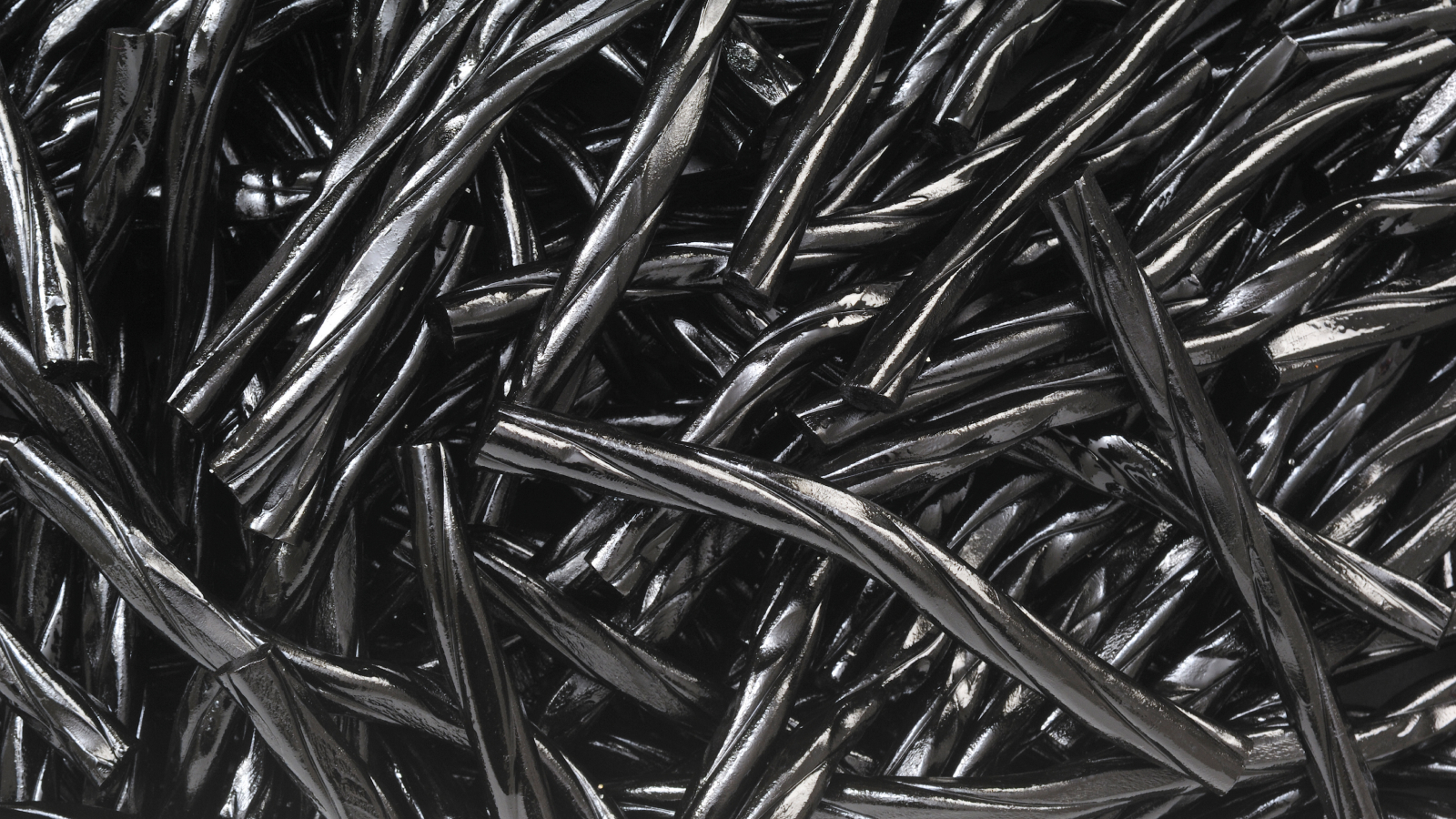JCM, Vol. 12, Pages 3731: Intermittent Surface Oxygenation Results in Similar Mitochondrial Protection and Maintenance of Aerobic Metabolism As Compared to Continuous Oxygenation during Hypothermic Machine Kidney Machine Perfusion
Journal of Clinical Medicine doi: 10.3390/jcm12113731
Authors: Tom Darius Martial Vergauwen Louis Maistriaux Robin Evrard Andrea Schlegel Matteo Mueller Donna O’Neil Andrew Southam Selda Aydin Arnaud Devresse Martine De Meyer Pierre Gianello Christian Ludwig Philipp Dutkowski Michel Mourad
Short bubble and subsequent surface oxygenation is an innovative oxygenation technique and alternative for membrane oxygenation during hypothermic machine perfusion (HMP). The metabolic effect of the interruption of surface oxygenation for 4 h (mimicking organ transport) during HMP was compared to continuous surface and membrane oxygenation in a pig kidney ex situ preservation model. After 30 min of warm ischemia by vascular clamping, a kidney of a ±40 kg pig was procured and subsequently preserved according to one of the following groups: (1) 22-h HMP + intermittent surface oxygenation (n = 12); (2) 22-h HMP + continuous membrane oxygenation (n = 6); and (3) 22-h HMP + continuous surface oxygenation (n = 7). Brief perfusate O2 uploading before kidney perfusion was either obtained by direct bubble (groups 1, 3) or by membrane (group 2) oxygenation. Bubble oxygenation during minimum 15 min was as efficient as membrane oxygenation in achieving supraphysiological perfusate pO2 levels before kidney perfusion. Metabolic tissue analysis (i.e., lactate, succinate, ATP, NADH, and FMN) during and at the end of the preservation period demonstrated similar mitochondrial protection between all study groups. Short bubble and subsequent intermittent surface oxygenation of the perfusate of an HMP-kidney might be an effective and cheap preservation strategy to protect mitochondria, eliminating the need/costs of a membrane oxygenator and oxygen source during transport.

 1 year ago
28
1 year ago
28


